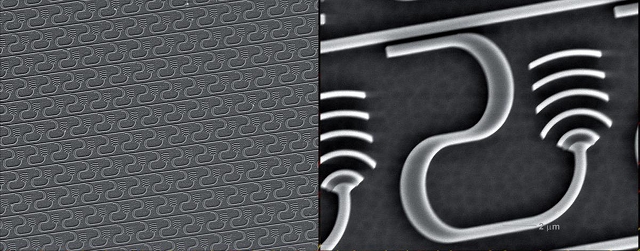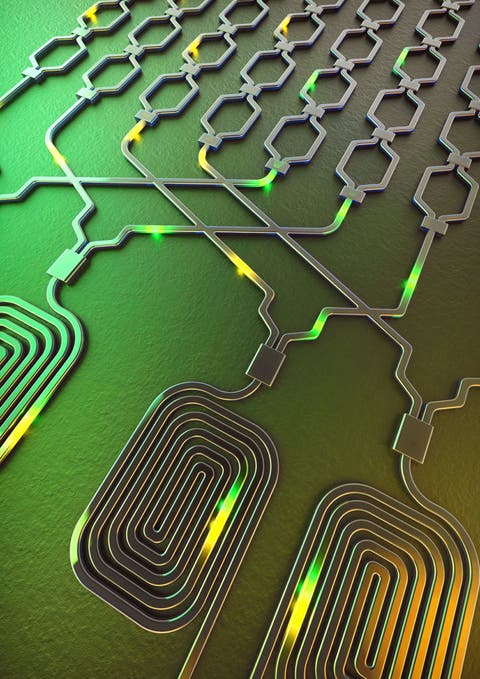One of the most important parameters of any nano antenna is the current distribution on it (PhD nano-microelectronics)
Researcher and author: Dr. ( Afshin Rashid)
Note: One of the most important parameters of any nano-antenna is the current distribution on it. This characteristic determines the radiation pattern, the resistance and reactance of the radiation and many important characteristics of the antenna. Despite the possibilities of making nanotubes with a length of several centimeters, it is possible to make electrical conductors with a length to width ratio of 7 ^ 10 .
Nanotube antennas at first glance give us the impression that it is similar to the dipole antenna, which is designed in small dimensions . But this is not the case in the main theory of dipole antennas for determining the current distribution on the antenna, where the dipole radius is greater than the skin depth and also the resistance losses are so small that they can be ignored. With regard to the nano dipole L / d is significantly smaller, non- use. In single-dimensional electrical conductors such as nanotubes, the skin depth state is completely eliminated. Because here electrons are only allowed to move They have conductors along the strand and therefore the current distribution is effectively one-dimensional. In addition to the electrons moving in only one dimension, two other important issues occur, inductance and large resistance. These properties make nanotube antennas behave very differently from classical antennas. The main difference is that the current distribution is alternating with a wavelength that is 100 times smaller than the open space wavelength for a given thermal frequency. The wavelength of the current distribution depends on the velocity of the wave in that mode. If the wavelength is the same as the speed of light, the wavelength of the current distribution is the wavelength of the electromagnetic waves in the open space. On the other hand, the wave velocity in nanotubes is about one hundred times slower than the speed of light. This is because in circuit theory, the wave velocity is equal to the inverse of the square root of the capacitive capacity per unit length multiplied by the inductive capacity per unit length.
Kinetic inductance per unit length of nanotubes is ten thousand times greater than magnetic inductance per unit length of conventional antennas. Therefore, the wave speed will be 100 times slower than the speed of light. The efficiency of a classic nanotube antenna is -90dB, which will be due to resistance losses. This is while the dimensions of the antenna and the set of nanosystems or nanosensors, operating frequency, power losses, range and dimensions of the sensor network, structure and facilities of the power supply system and the physical communication platform between different parts of a nanosystem, major factors and parameters Each of which is a determinant and determines the ability to build and operate the final system. Graphene structures can be used to make nano- antennas, and this valuable structure can play a very important role. Fabrication of nano-antennas in various applications of telecommunication and communication systems Common to nanoscale systems, new fields and applications of basic nanoelectronic equipment and telecommunication systems.
Conclusion :
One of the most important parameters of any nano-antenna is the current distribution on it. This characteristic determines the radiation pattern, the resistance and reactance of the radiation and many important characteristics of the antenna. Despite the possibility of making nanotubes with a length of several centimeters, it is possible to make electrical conductors with a length to width ratio of 7 ^ 10 .
Researcher and author: Dr. ( Afshin Rashid)
PhD in Nano-Microelectronics





